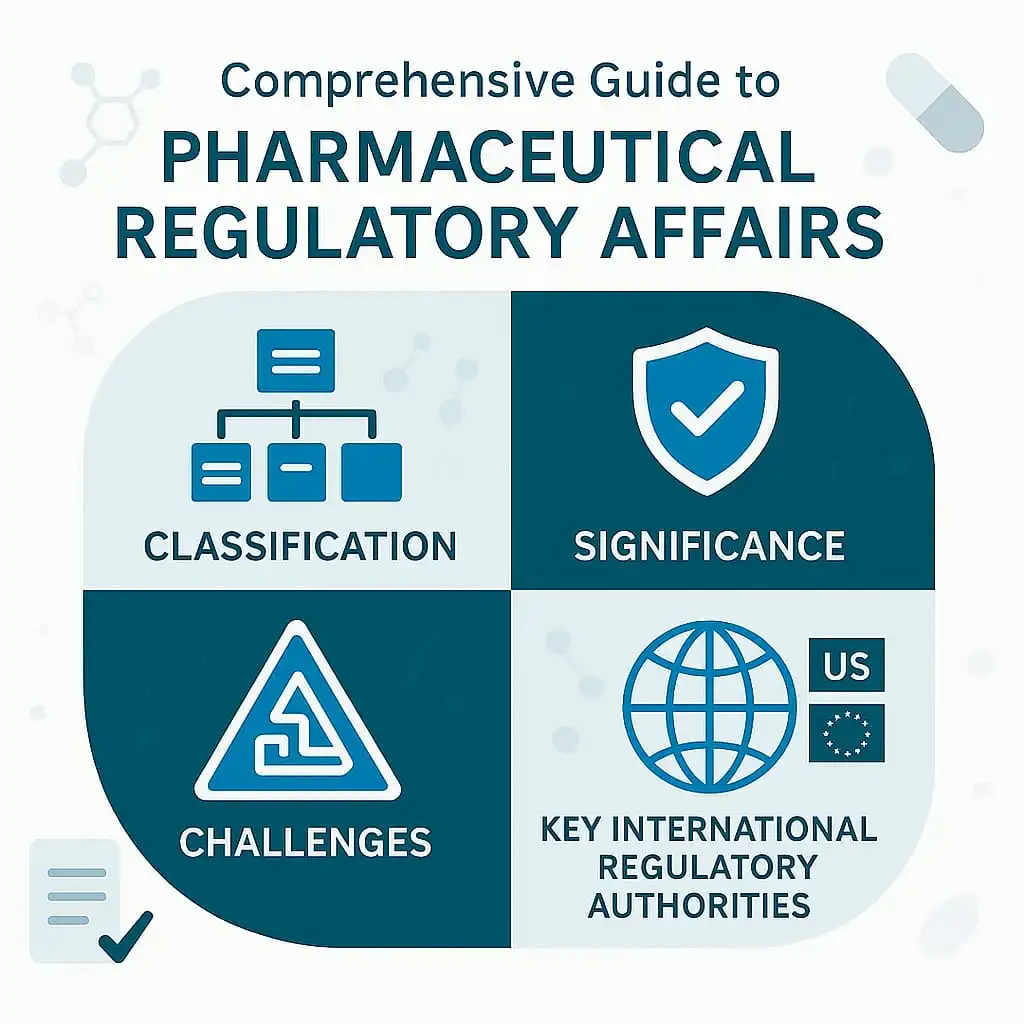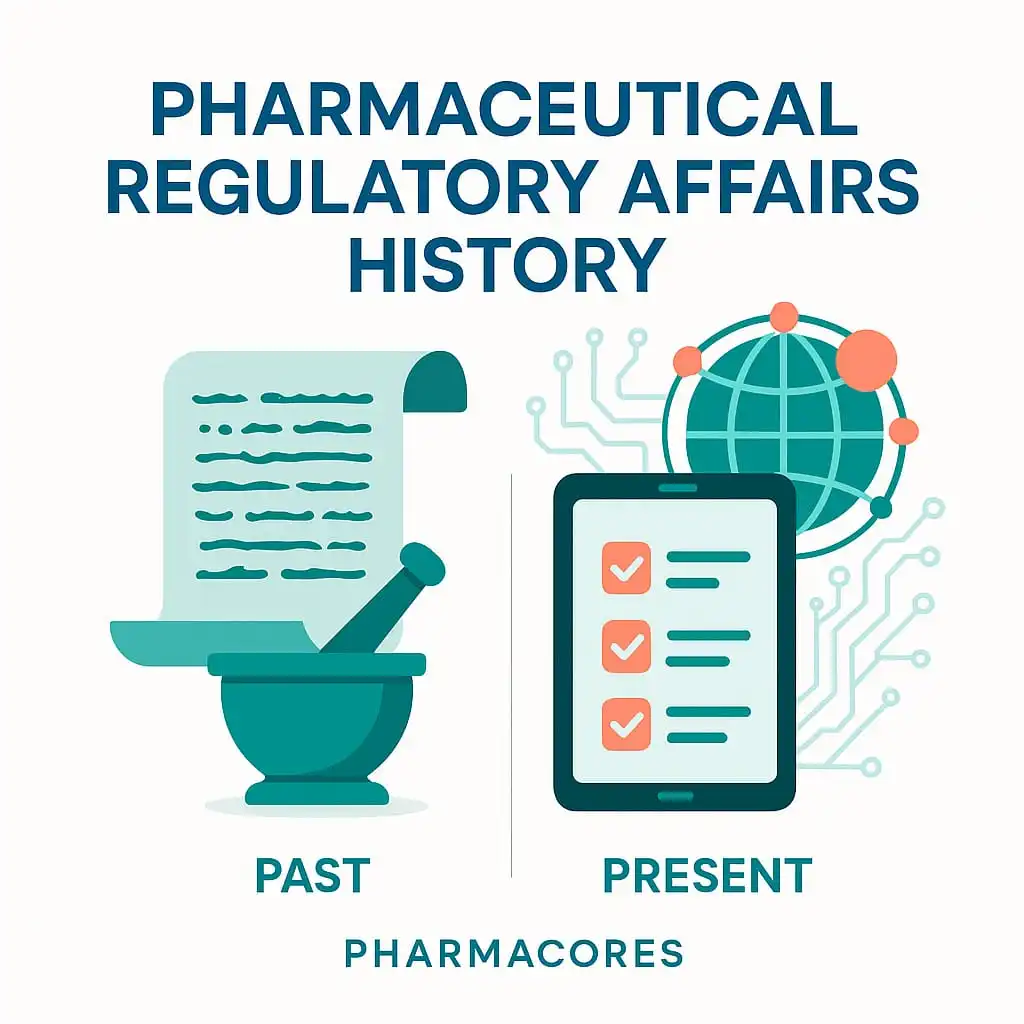(Step-by-step roadmap of regulatory involvement in pharmaceutical drug development to reduce cost and accelerate time-to-market)

Essentials of Drug Development
From R&D to Market, Strategic Regulatory Milestones in the Drug Development Lifecycle play an important role. The drug development process is a complex, highly regulated, and capital-intensive journey. It involves several key stages, including pharmaceutical research and development (R&D), drug discovery, preclinical studies, clinical trials (Phase I to Phase III), regulatory submissions, and final marketing authorization. Each step must comply with strict regulatory guidelines to ensure the safety, efficacy, and quality of pharmaceutical products.
Regulatory Affairs (RA) professionals play a vital role in every phase of this lifecycle. They are responsible for ensuring regulatory compliance with global health authorities such as the U.S. Food and Drug Administration (FDA), the European Medicines Agency (EMA), and the International Council for Harmonisation of Technical Requirements for Pharmaceuticals for Human Use (ICH). By staying updated with evolving regulatory requirements and facilitating communication between pharmaceutical companies and regulatory agencies, RA experts support the timely approval and successful launch of new medicines in the global market.
Regulatory Affairs (RA) specialists serve as a vital link between pharmaceutical companies and global health regulatory authorities. These professionals are responsible for developing comprehensive regulatory strategies, interpreting regional and international regulatory guidelines, and ensuring full compliance throughout the drug development lifecycle.
Their key responsibilities include preparing, reviewing, and managing essential regulatory submission documents such as the Investigational New Drug (IND) application, New Drug Application (NDA), Biologics License Application (BLA), and Marketing Authorization Application (MAA). Regulatory Affairs experts also ensure that all non-clinical, clinical, and Chemistry, Manufacturing, and Controls (CMC) data meet the stringent requirements set by authorities. These submissions must be accurately compiled and formatted according to the Common Technical Document (CTD) or electronic Common Technical Document (eCTD) standards, facilitating efficient regulatory review and timely product approvals.
Effective RA planning from the early stages of drug development minimizes risks such as delays in clinical trial approvals, regulatory holds, or rejections due to non-compliance. Moreover, by proactively engaging with regulatory agencies and staying updated with global regulatory trends,
RA professionals help companies reduce time to market, lower development costs, and enhance the probability of successful drug approval. In today’s competitive pharmaceutical landscape, a strong regulatory strategy is not merely a compliance function—it is a core business driver for product innovation, global market access, and patient safety.
Integrating regulatory expertise early—from research and development (R&D) to marketing authorization—not only improves the success rate but also reduces development costs, avoids rework, and accelerates the drug approval process.
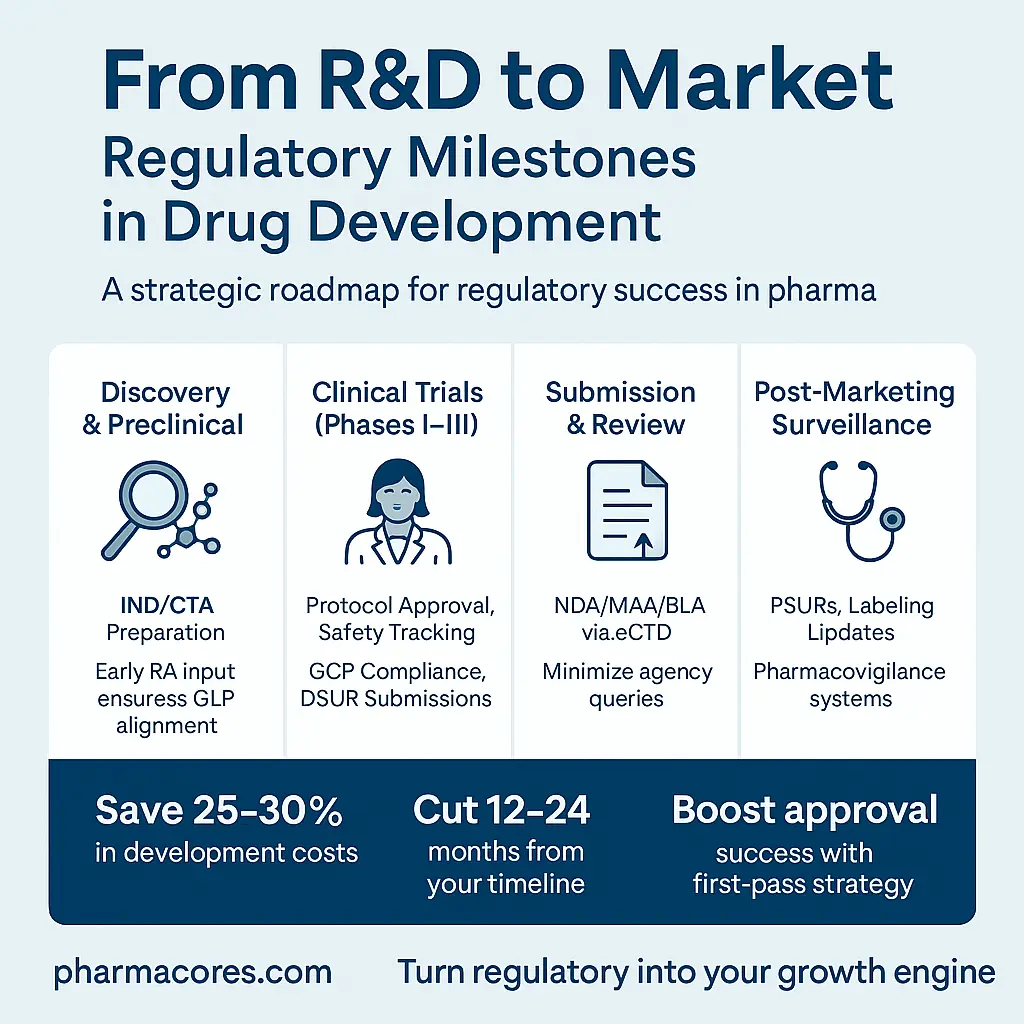
1-IND/CTA Submission and Clinical Trial Planning
IND/CTA submission and clinical trial planning mark the transition from preclinical studies to human testing in the pharmaceutical drug development process. Before initiating clinical trials, a company must submit an Investigational New Drug (IND) application in the United States or a Clinical Trial Application (CTA) in regions like the European Union or Canada.
These submissions contain detailed data on the investigational product, including preclinical safety results, Chemistry, Manufacturing, and Controls (CMC) information, and a proposed clinical trial protocol. Regulatory Affairs professionals play a crucial role in preparing these documents, ensuring they comply with regional regulatory requirements and international guidelines such as those from the International Council for Harmonisation (ICH). Additionally, effective clinical trial planning involves site selection, investigator recruitment, Institutional Review Board (IRB)/Ethics Committee (EC) approvals, and adherence to Good Clinical Practice (GCP). Early and well-organized planning, supported by robust regulatory documentation, helps avoid delays and improves the likelihood of trial success.
Objective
Identify potential drug candidates and assess their preliminary safety and efficacy.
Key Milestones
- Target Identification and Validation
Identifying biological targets (e.g., receptors, enzymes) and validating their role in disease.
- Lead Compound Identification
Screening and optimizing molecules to identify potential drug candidates.
- Preclinical Testing
- In Vitro Studies: Laboratory studies on cells or tissues.
- In Vivo Studies: Animal studies to assess pharmacokinetics (PK), pharmacodynamics (PD), toxicity, and dosing.
Regulatory Requirements
•Submission of Investigational New Drug (IND) application to the regulatory authority (e.g., FDA in the U.S.) to begin clinical trials.
•IND includes preclinical data, manufacturing process, and protocols for clinical studies.
Regulatory Milestones
•IND (Investigational New Drug) or CTA (Clinical Trial Application) submission
•Regulatory clearance to begin human clinical trials
RA Involvement
•Preparing and submitting IND/CTA applications
•Coordinating pre-submission meetings with authorities
•Ensuring Good Clinical Practice (GCP) alignment
Early RA involvement leads to faster trial authorization and robust study design.

2-Clinical Trials (Phase I to III)
Clinical trials, spanning Phase I to Phase III, are a vital part of the pharmaceutical drug development process, designed to assess the safety, efficacy, and optimal dosage of investigational medicinal products in humans.
Phase I clinical trials are typically conducted with a small group of healthy volunteers to evaluate safety, pharmacokinetics, and tolerability.
Phase II trials involve a larger patient population to assess preliminary efficacy and further evaluate safety and dosing parameters.
Phase III trials are large-scale, multicenter studies that generate comprehensive data on effectiveness, monitor adverse reactions, and compare the new drug to existing standard treatments. These trials must adhere to Good Clinical Practice (GCP) guidelines and be conducted under the oversight of health authorities such as the FDA, EMA, or other national regulatory agencies. Regulatory Affairs professionals are responsible for submitting periodic safety updates, amendments, and clinical trial reports, ensuring compliance with regulatory standards throughout all trial phases.
Objective
Test the drug in humans to assess safety, efficacy, and optimal dosing.
Key Milestones
Phase I:
- Focus: Safety and tolerability.
- Participants: Small group of healthy volunteers (20–100).
Phase II:
- Focus: Efficacy and further safety evaluation.
- Participants: A Larger group of patients (100–300) with the target disease.
Phase III:
- Focus: Confirm efficacy and monitor side effects on a larger scale.
- Participants: Thousands of patients (1,000–3,000+).
Regulatory Requirements
-Continuous reporting of safety data to regulatory authorities.
-Approval of clinical trial protocols by Institutional Review Boards (IRBs) or Ethics Committees (ECs).
Regulatory Milestones
-Approval of study protocols and amendments
-Submission of annual safety updates (e.g., DSURs)
-Regulatory inspections and progress updates
Regulatory Involvement
-Managing communications with ethics committees and regulators
-Ensuring timely safety reporting and adverse event tracking
-Supporting protocol amendments to meet evolving standards
Smooth regulatory management ensures trials remain on track and compliant.
3-Submission for Marketing Authorization (NDA/BLA/MAA)
Submission for marketing authorization is a critical milestone in the pharmaceutical drug development lifecycle. After the successful completion of Phase III clinical trials, pharmaceutical companies compile comprehensive data on safety, efficacy, quality, and manufacturing into a formal dossier for regulatory review. This submission is typically presented as a New Drug Application (NDA) in the United States or a Marketing Authorization Application (MAA) in the European Union.
The application must follow the Common Technical Document (CTD) format, which includes modules covering administrative information, quality data (CMC), non-clinical studies, and clinical trial results. Regulatory Affairs professionals are responsible for the accurate preparation and submission of these documents, ensuring compliance with guidelines from agencies such as the U.S. Food and Drug Administration (FDA), European Medicines Agency (EMA), and other global regulatory bodies. A well-prepared marketing authorization submission facilitates a smooth regulatory review process and increases the likelihood of timely product approval and commercial launch.
Objective
Obtain marketing authorization from regulatory agencies.
Key Milestones
- New Drug Application (NDA)/Biologics License Application (BLA) Submission:
- Comprehensive dossier containing clinical trial data, manufacturing details, and proposed labeling.
- Regulatory Review:
- Agencies (e.g., FDA, EMA) evaluate the application for safety, efficacy, and quality.
- Advisory committees may provide recommendations
- Approval Decision:
- Drug is approved if the benefits outweigh the risks.
- Conditional or accelerated approvals may be granted in special cases (e.g., for rare diseases or unmet medical needs).
Regulatory Milestones
-Submission of a New Drug Application (NDA), Biologics License Application (BLA), or Marketing Authorization Application (MAA)
-Regulatory review, inspections, and approval
Regulatory Involvement
-Leading compilation of the Common Technical Document (CTD)
-Managing regulatory queries and deficiency letters
-Supporting site inspections and manufacturing compliance (GMP)
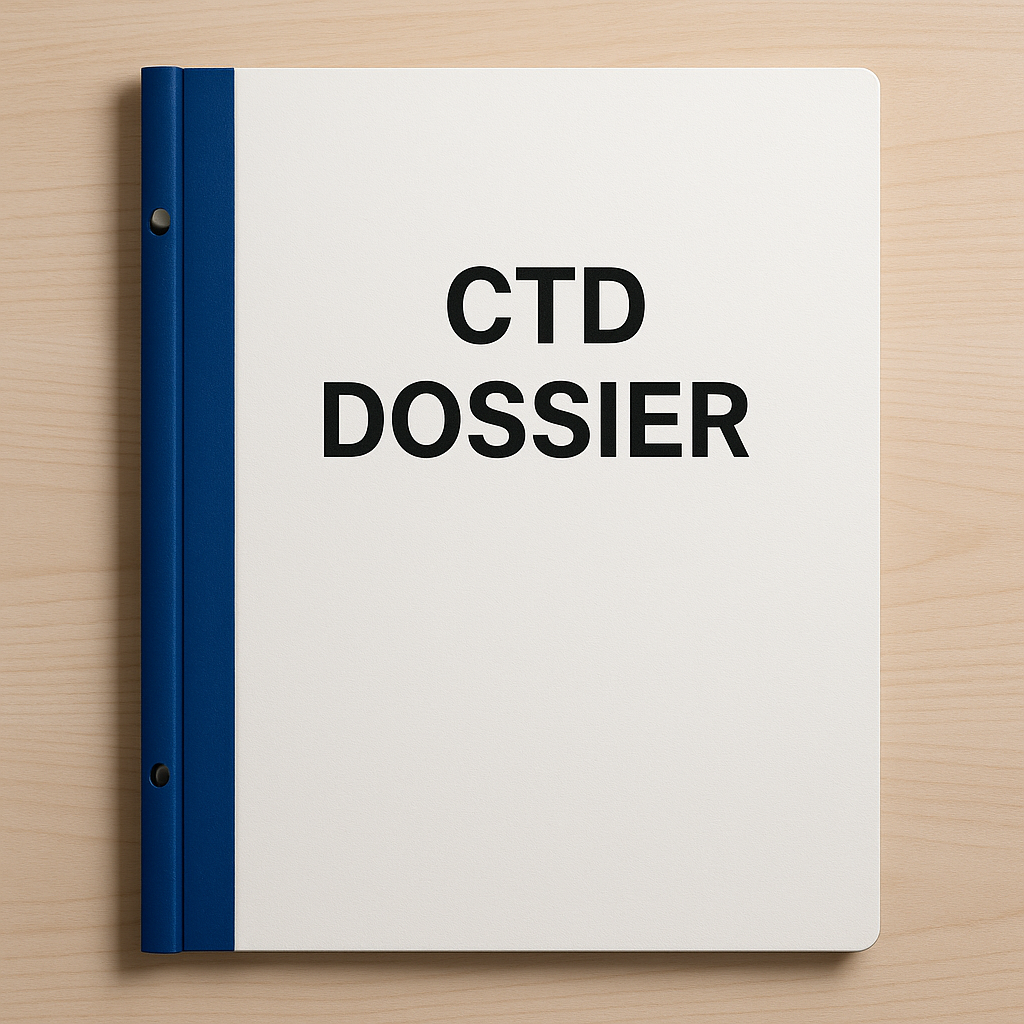
High-quality submissions reduce time-to-approval and regulatory back-and-forth.
4-Post-Marketing Compliance and Pharmacovigilance (Phase IV clinical trials)
Post-marketing compliance and pharmacovigilance are essential components of the pharmaceutical regulatory framework, ensuring the continued safety and effectiveness of medicinal products after they have been approved and launched in the market. Once a drug receives marketing authorization, pharmaceutical companies are required to monitor and report any adverse drug reactions (ADRs) and unexpected safety issues through well-established pharmacovigilance systems.
This includes collecting real-world safety data, submitting periodic safety update reports (PSURs), and conducting risk management activities in accordance with international guidelines such as those from the International Council for Harmonisation (ICH E2E) and Good Pharmacovigilance Practices (GVP). Regulatory Affairs professionals collaborate closely with pharmacovigilance teams to ensure timely communication with health authorities like the FDA, EMA, and other national regulatory agencies. Ongoing compliance with post-marketing regulatory obligations helps protect public health, maintain product licenses, and support the safe use of medicines globally.
Objective
Monitor the drug’s safety and effectiveness in the real-world population.
Key Milestones
- Pharmacovigilance:
- Collection and analysis of adverse event reports.
- Identification of rare or long-term side effects.
- Post-Market Studies:
- Additional clinical trials to explore new indications, dosages, or patient populations.
- Regulatory Compliance:
- Submission of periodic safety updates (e.g., Periodic Safety Update Reports or PSURs).
- Risk management plans (RMPs) or Risk Evaluation and Mitigation Strategies (REMS) may be required.
Regulatory Milestones
-Ongoing safety reporting (PSURs, PBRERs)
-Labeling updates and lifecycle management
-Global expansion submissions and renewals
Regulatory Involvement
-Maintaining pharmacovigilance systems
-Filing variations and supplemental applications
-Ensuring compliance during audits and regulatory reviews
Post-market vigilance protects patients, supports brand reputation, and ensures compliance.
5-Manufacturing and Commercialization
Objective
Ensure consistent production and distribution of the drug.
Key Milestones
- Good Manufacturing Practices (GMP) Compliance:
- Regulatory inspections of manufacturing facilities.
- Scale-Up and Technology Transfer:
- Moving from small-scale production to large-scale commercial manufacturing.
- Marketing Authorization:
- Regulatory review of promotional materials.
- Compliance with advertising and labeling regulations.
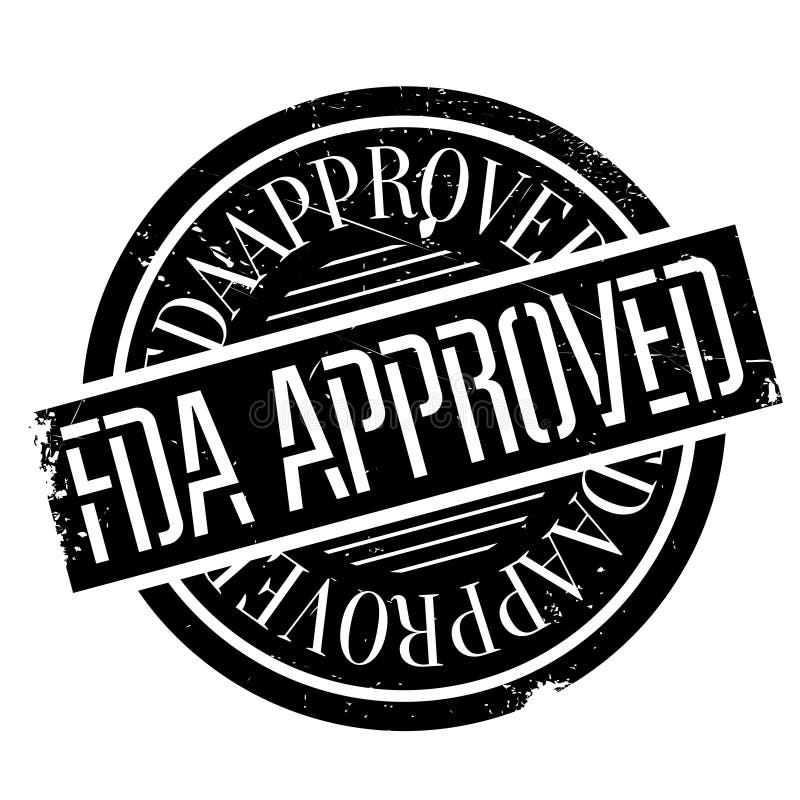
Early Regulatory Involvement Saves Time and Cost:
| Phase | Without Early RA Involvement | With Early RA Involvement |
| Preclinical | Repeat studies, misaligned protocols | GLP-aligned studies, faster IND filing |
| Clinical | Protocol holds, safety concerns | Regulatory-validated design and reporting |
| Submission | Extended review cycles, queries | First-round approvals with minimal changes |
| Post-Marketing | Compliance issues, safety risks | Proactive management and safety updates |
Early RA planning can reduce drug development costs by 25–30% and shorten time-to-market by 12–24 months.
Key Regulatory Agencies
- United States: Food and Drug Administration (FDA)
- European Union: European Medicines Agency (EMA)
- Japan: Pharmaceuticals and Medical Devices Agency (PMDA)
- India: Central Drugs Standard Control Organization (CDSCO)
- China: National Medical Products Administration (NMPA)
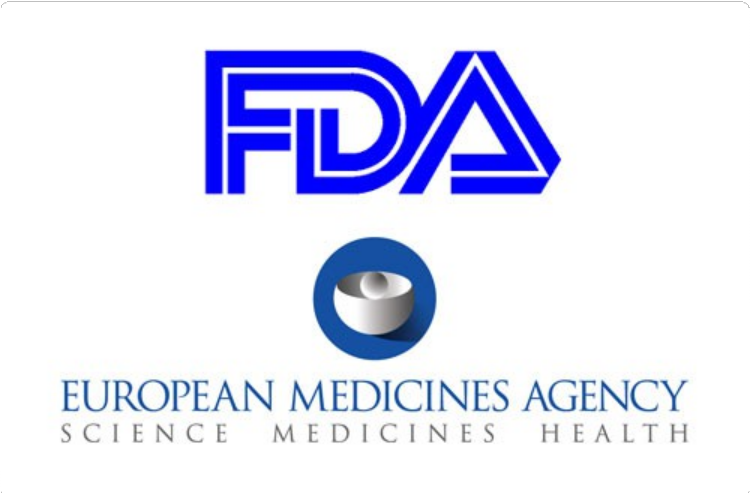
Challenges in the Regulatory Process
- Balancing innovation with patient safety.
- Addressing differences in regulatory requirements across countries.
- Managing the high costs and time investments in drug development
The drug development lifecycle is a rigorous process designed to ensure that only safe and effective drugs reach patients. Each milestone represents a critical step in transforming scientific innovation into a therapeutic product that meets regulatory and public health standards.
Conclusion
The role of Regulatory Affairs in pharmaceutical development extends far beyond documentation and regulatory compliance. It is a strategic function that plays a critical role in the success or failure of a drug product. Involving Regulatory Affairs professionals early in the drug development lifecycle—from discovery and preclinical studies to clinical trials, regulatory submissions, and post-marketing activities—ensures that each phase adheres to evolving regulatory requirements. Early integration helps streamline development timelines, reduce costly delays, and improve the likelihood of successful marketing authorization. By guiding regulatory strategies, managing health authority communications, and ensuring global compliance, Regulatory Affairs contributes to faster drug approval, optimized resource utilization, and improved patient access to safe and effective therapies
References
- European Medicines Agency (EMA). (2024). Clinical trials regulation. https://www.ema.europa.eu/en/human-regulatory/research-development/clinical-trials
- Food and Drug Administration (FDA). (2023). Step-by-step IND application process. https://www.fda.gov/drugs/investigational-new-drug-ind-application
- International Council for Harmonisation (ICH). (2019). ICH E6(R2): Good Clinical Practice. https://www.ich.org/page/efficacy-guidelines
- International Council for Harmonisation (ICH). (2021). ICH M4: Common Technical Document (CTD). https://www.ich.org/page/ctd
- World Health Organization (WHO). (2022). Good Regulatory Practices in the pharmaceutical sector. https://www.who.int/publications/i/item/9789240039082
